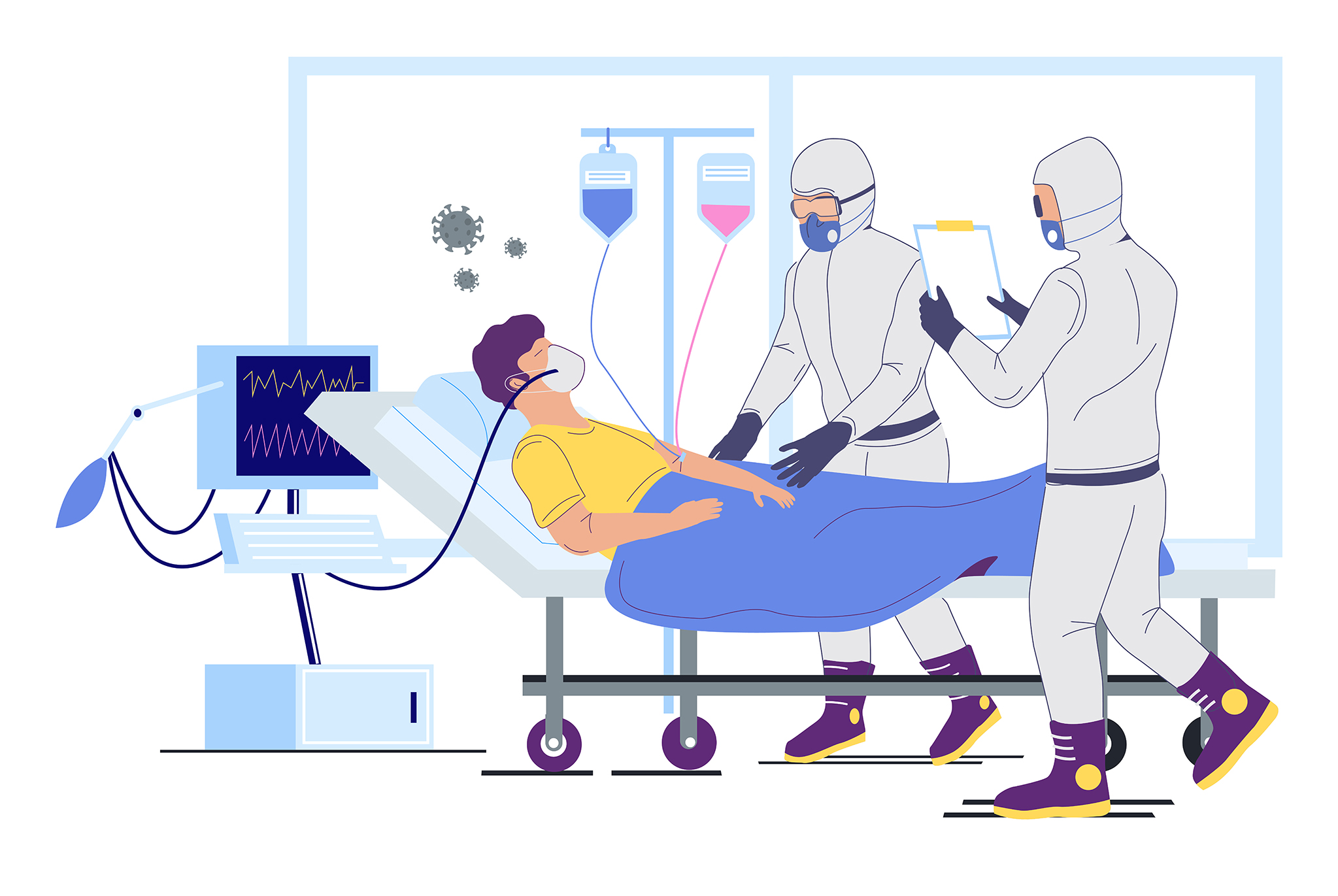Answer 4: The diagnostic features
The diagnosis of HAP, VAP, and HCAP is suspected if the patient has a radiographic infiltrate that is new or progressive, along with clinical findings suggesting infection, which include the new onset of fever, purulent sputum, leukocytosis and decline in oxygenation. When fever, leukocytosis, purulent sputum, and a positive culture of a sputum or tracheal aspirate are present without a new lung infiltrate, the diagnosis of nosocomial tracheobronchitis should be considered (35). When this definition has been applied to mechanically ventilated patients, nosocomial tracheobronchitis has been associated with a longer length of ICU stay and mechanical ventilation, without increased mortality. Antibiotic therapy may be beneficial in this group of patients (35,36). The accuracy of the clinical diagnosis of VAP has been investigated using autopsy findings or quantitative cultures of either protected specimen brush (PSB) or bronchoalveolar lavage (BAL) as the standard for comparison (37-40). Studies indicate that the diagnostic criteria of a radiographic infiltrate and at least one clinical feature (fever, leukocytosis, or purulent tracheal secretions) has a high sensitivity but the specificity is low (especially for VAP). Combinations of signs and symptoms may increase the specificity.










